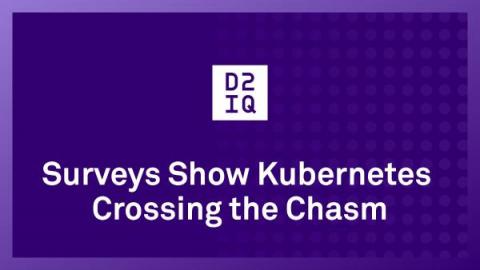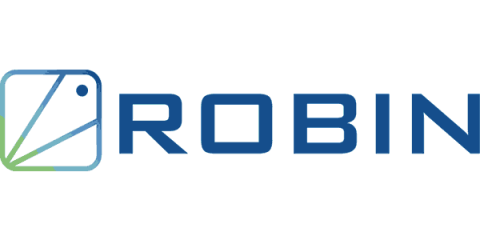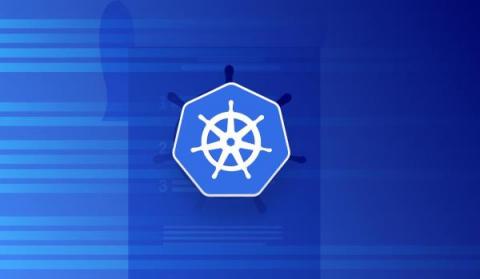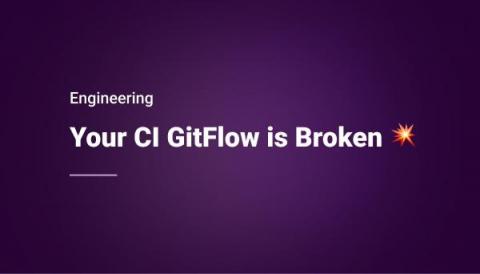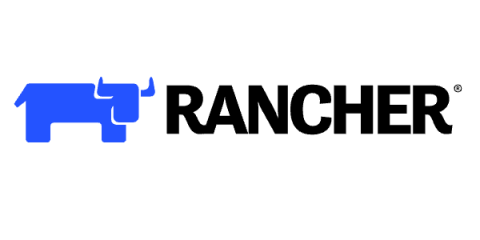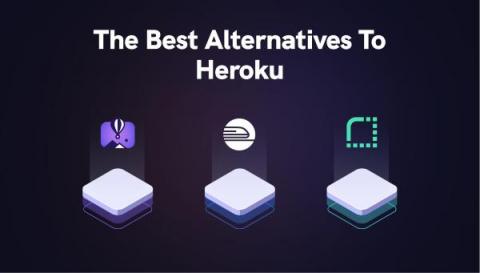Surveys Show Kubernetes Crossing the Chasm
The adoption and maturation of Kubernetes has been rapid, driven by organizations moving to cloud-native infrastructures to modernize and gain agility. The Kubernetes growth trajectory reached a climax in 2021 as The Cloud Native Computing Foundation (CNCF) declared it “the year Kubernetes crossed the chasm.” The CNCF Annual Survey 2021 found that 96% of organizations were using or evaluating Kubernetes.


